Still Life Drawing
A still life drawing is a picture created from an arrangement of nonmoving objects. The drawing can have a single or several objects. When several objects are used, they are placed together with some objects in front of others. This creates overlaps as some objects are partly hidden by others. A creative arrangement of such objects makes a drawing interesting. A still life drawing can be based on a single topic such as: fruits, utensils, cylindrical forms or requirements for hand washing.
Activity 1
Identifying a still life arrangement
Study the picture below.
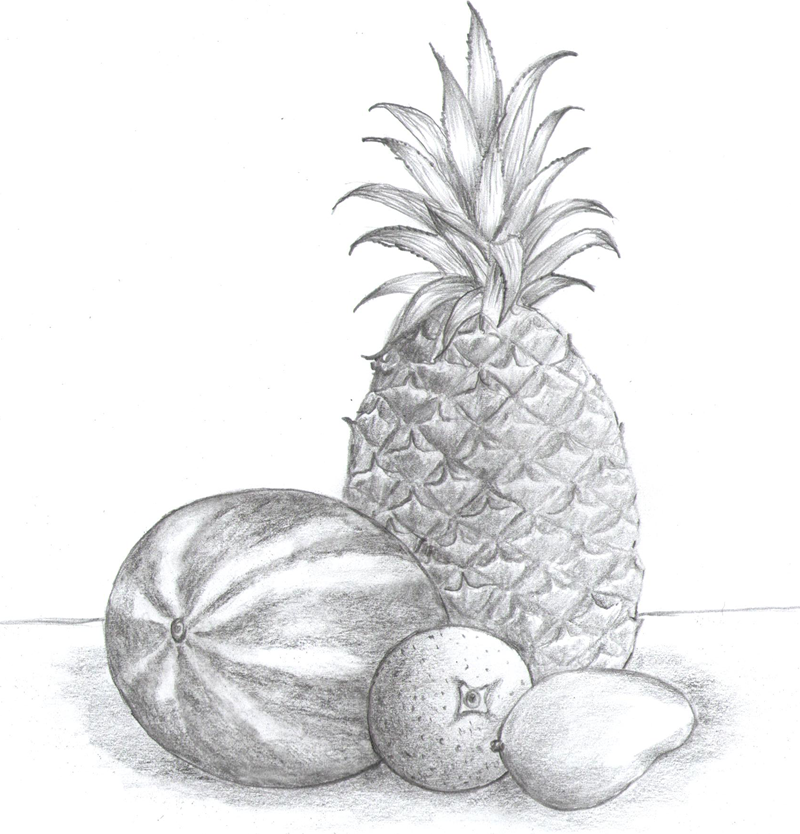
- How are the fruits in the picture arranged?
- How were the dark areas in the picture created?
Digital time
Search online for more information on still life composition. You can find out more on creating still life composition from these videos.
You can also search online using key words such as: still life drawing, and shading still life drawing.
Drawing a still life composition
You can create a still life drawing from observation, memory or imagination. Drawing from observation refers to drawing objects while looking at them. When you draw what you have seen in the past, it is called drawing from memory. In drawing from imagination, you think of ideas in your mind and draw them.
Elements of Art
We use lines, shapes, texture, value and form to create a drawing. These are called the elements of art. These elements are important when creating an artwork. Each of them is explained below.
Line
A line is created when you use a drawing tool to make a mark on a surface and move the tool from one point to another. There are different types of lines. A line can be horizontal, vertical, wavy, zigzag, spiral, diagonal or curved. A line can also be thick, thin, straight, curved, continuous, short or long.
Activity 2
Identifying types of lines
Look at the different types of lines shown below.

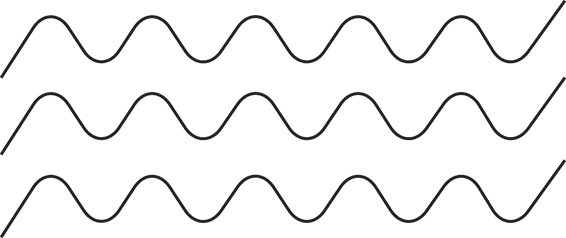

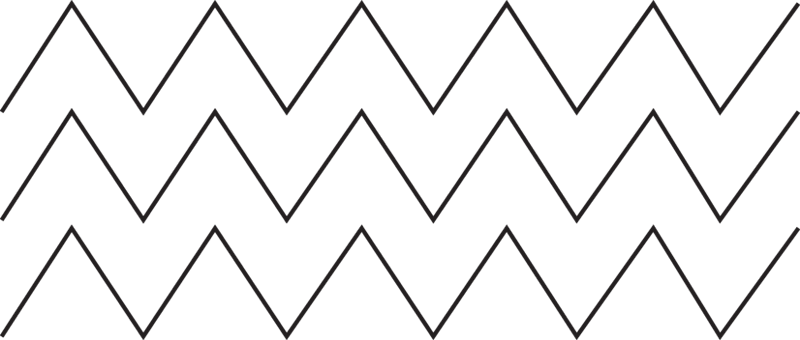




- Tell your friends the type of lines you can see in the pictures.
- Look in your immediate environment. What types of lines can you see?
- Look at the palm of your hand. What type of lines can you identify?
Activity 3
Drawing different types of lines
Pick some objects from your immediate environment.
Identify different types of lines on the object.
Draw the lines you have identified in your book.
Using line to draw shape
A line can be used to create shape or form of an object. The shape drawn may be regular or irregular. Some regular shapes are ovals, circles and triangles. Examples of items with irregular shapes are stones, trees and clouds.
Activity 4
Identifying shapes
Look at the shapes below.
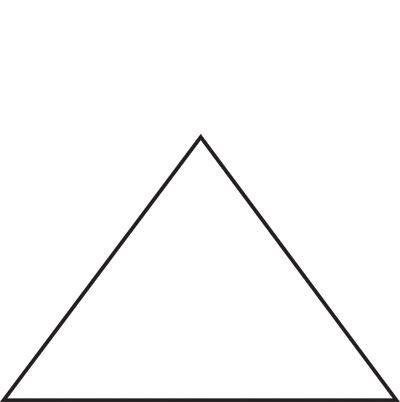
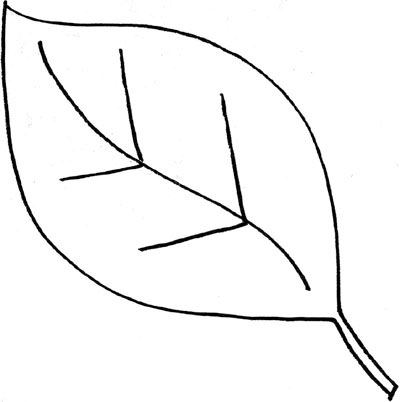
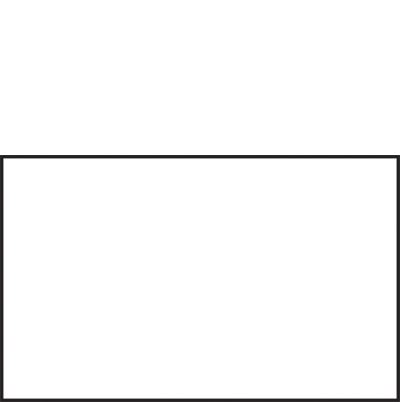
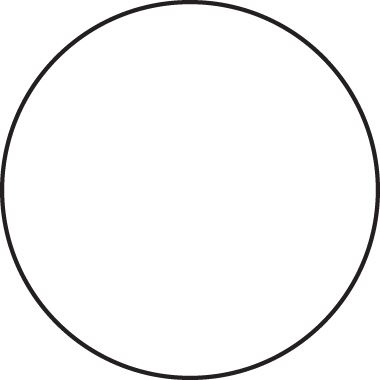
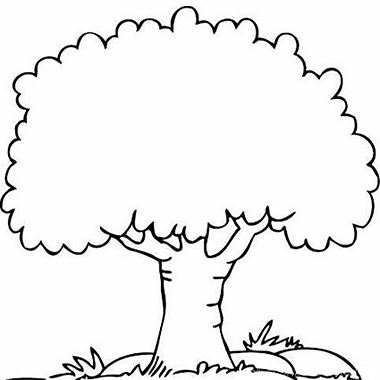
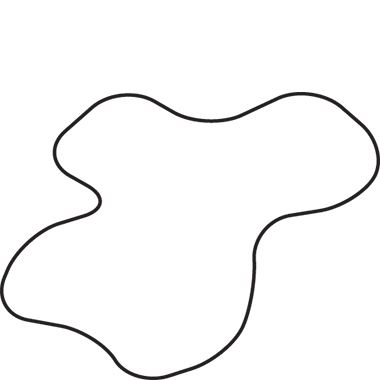
- Which are the regular shapes and which ones are irregular?
- What other regular shapes do you know?
- What types of lines have been used to draw the shapes?
- Name and identify some shapes you can see in your immediate environment. Show your friend some of these shapes.
Activity 5
Drawing different shapes
Draw different regular and irregular shapes in your book. Draw as many shapes as you can.
Texture
Texture is the way the surface of an object feels when touched. Texture may be rough, smooth, coarse, hard, soft, spongy, slimy or prickly.
Activity 6
Identifying texture
Study the pictures below.
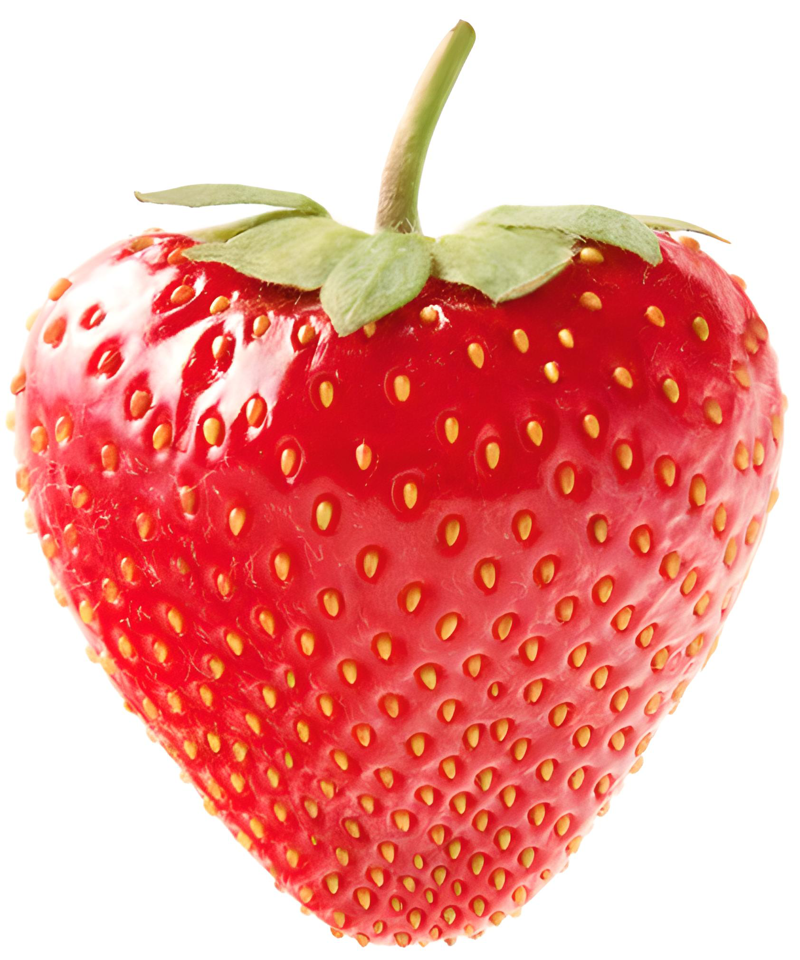
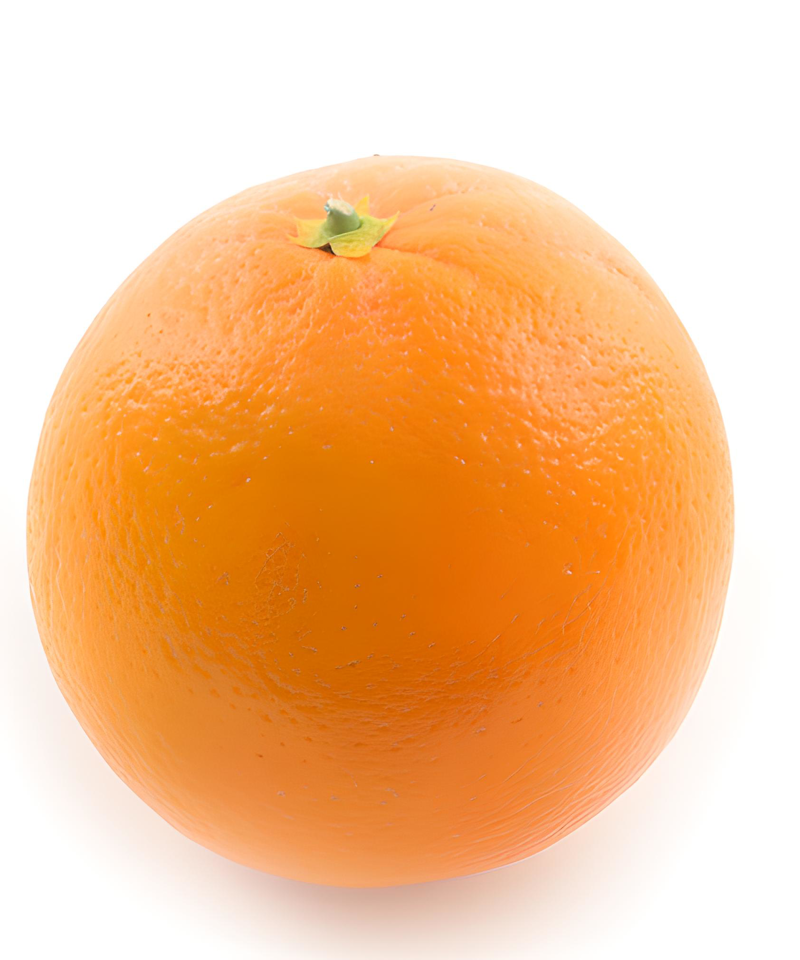
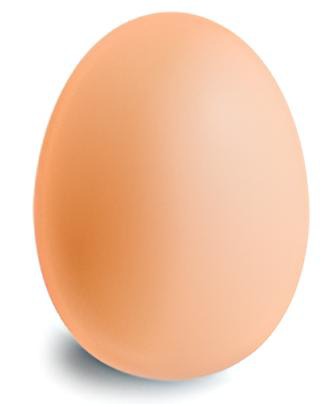
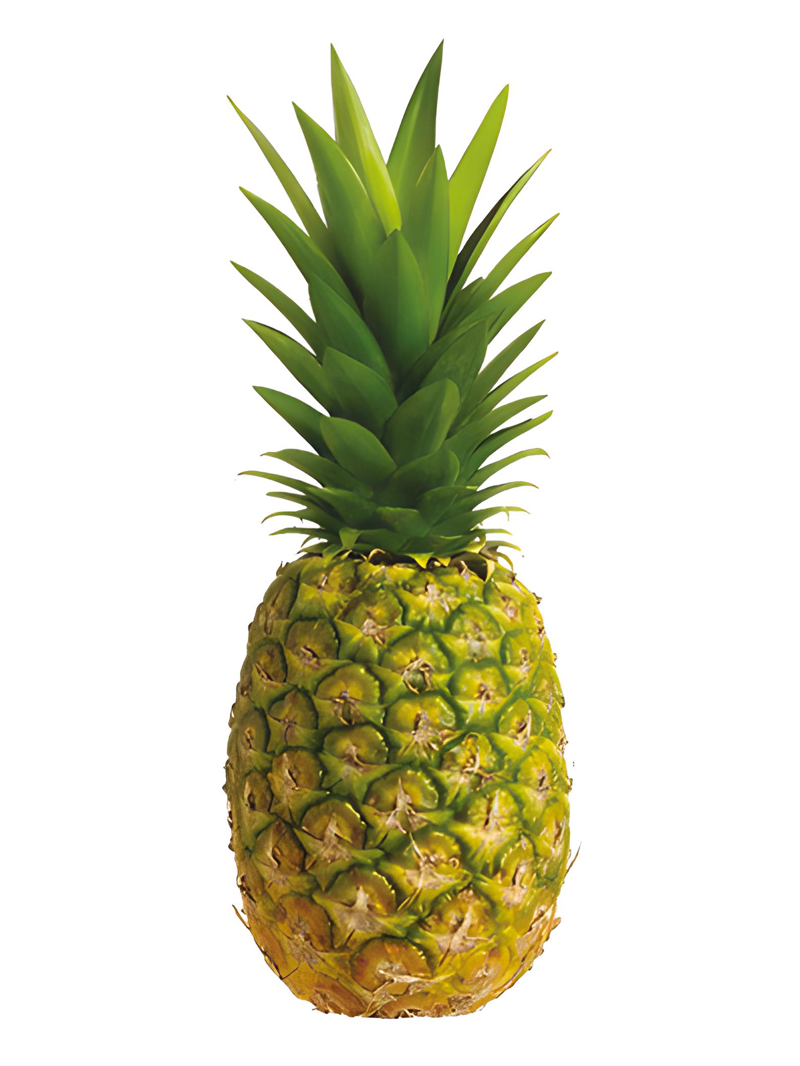
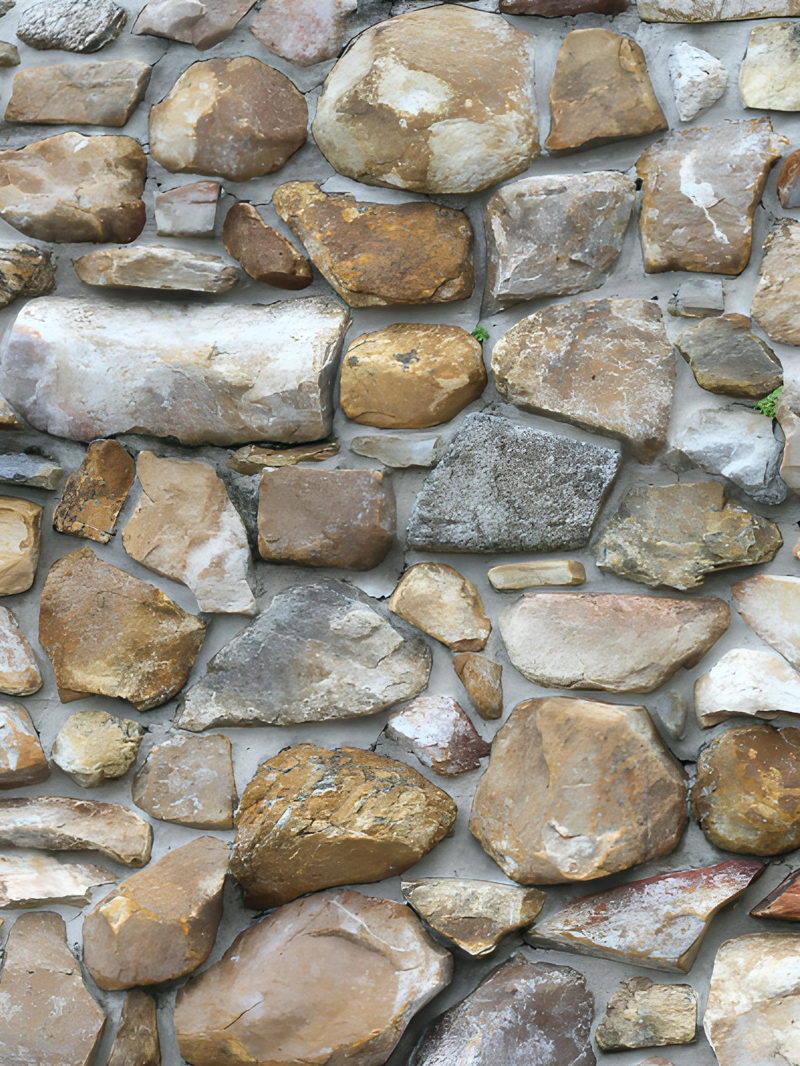
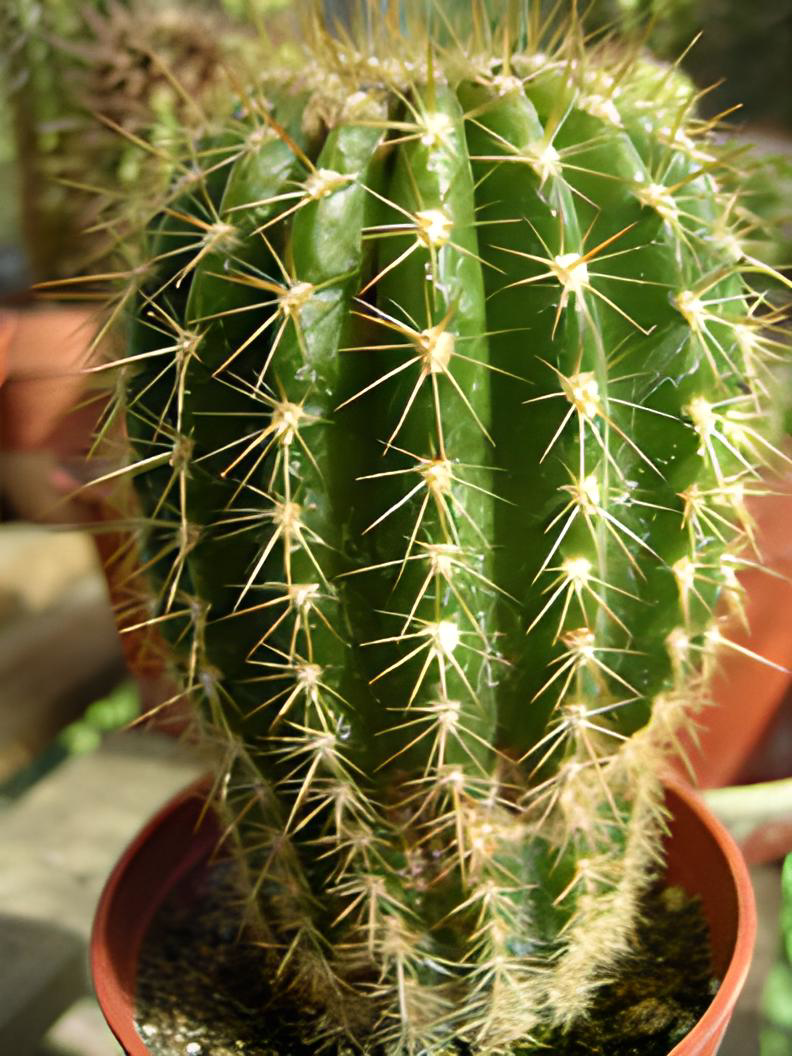
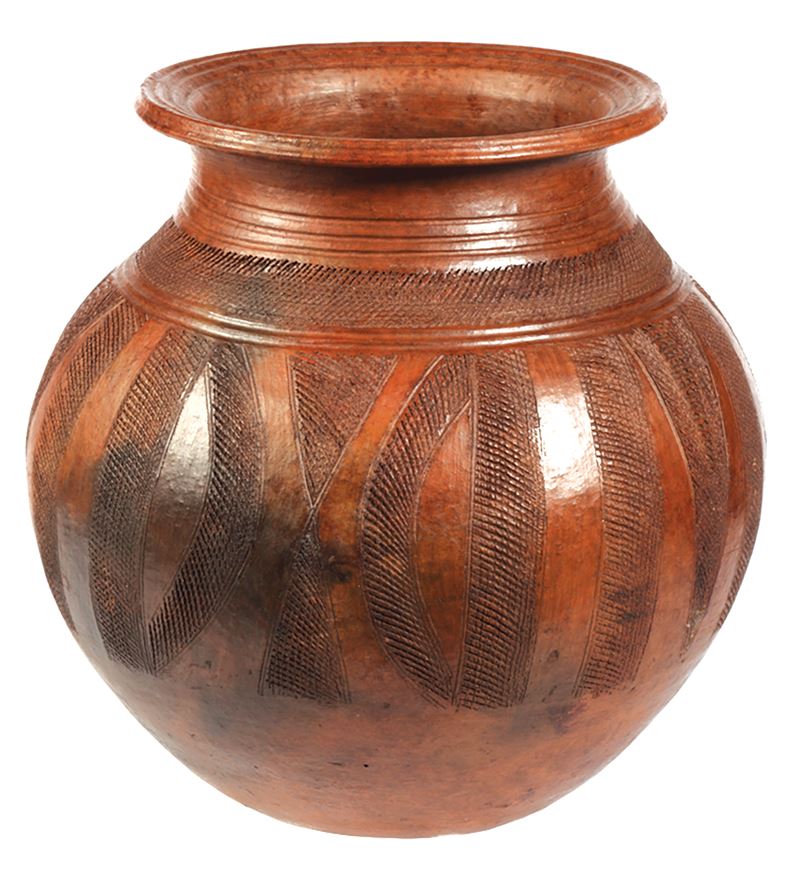
- What type of texture can you see in the pictures?
- Feel with your palm, texture of different objects in your surrounding such as paper, books, cloth or table. Tell your friend the texture of the items.
- How can you create texture in a drawing?
Activity 7
Creating texture
You can create texture in a drawing using different ways. You can use lines, shading or rubbing a pencil on a paper placed over a textured item.
Study the textures given below.
(a)
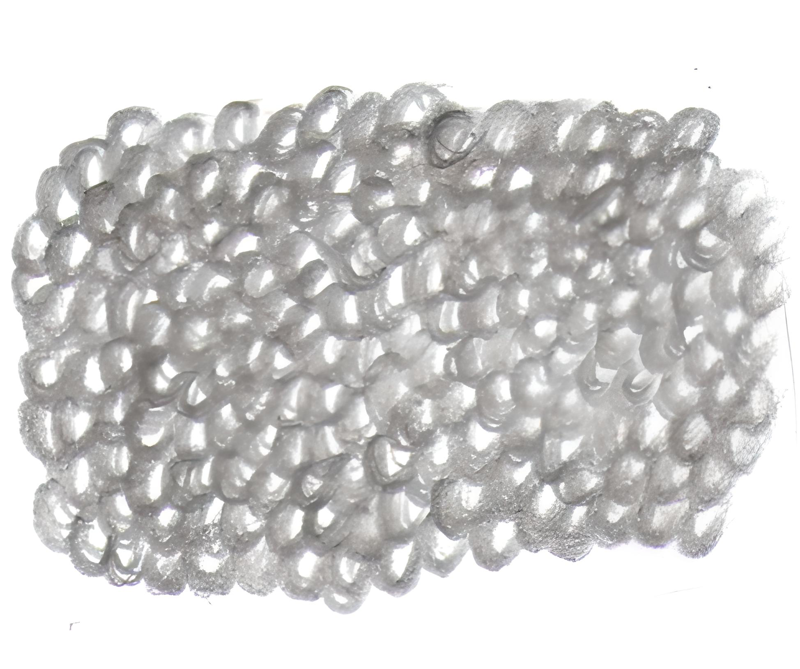
(b)
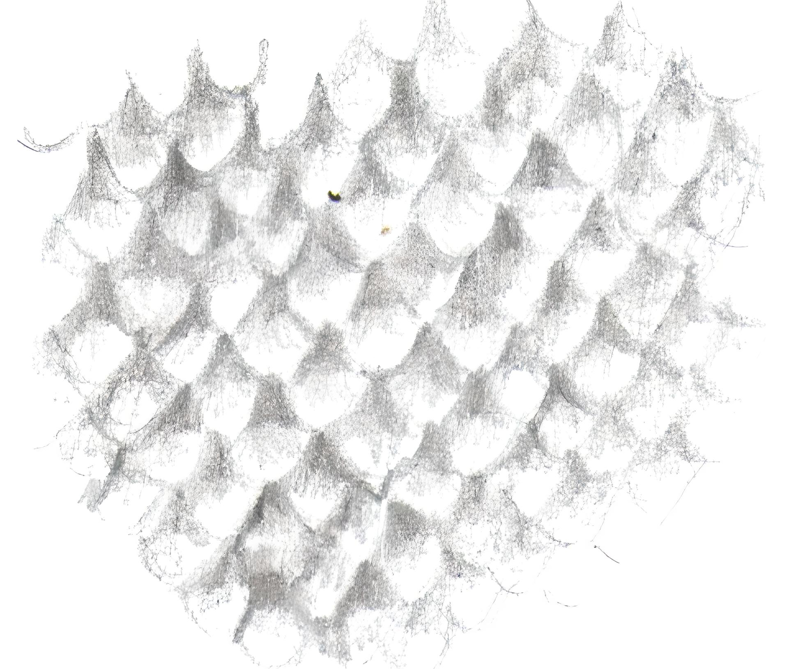
(c)
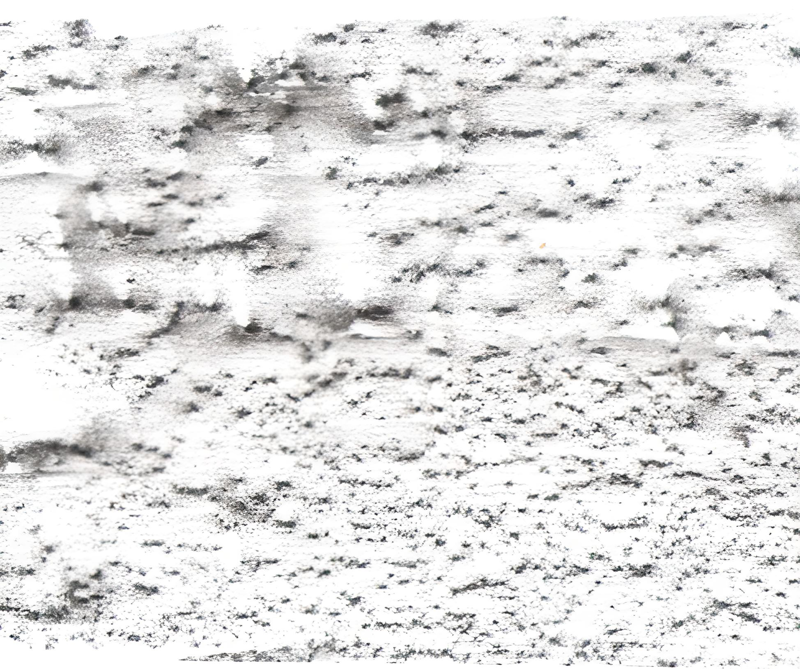
- How were these textures created?
- Draw different textures in your book.
Value
Value is the lightness or darkness of a surface. It is determined by how much light is falling on an object. The surface near the source of light appears light while the areas far from light appear darker. Value in a drawing is created by showing dark and light parts. This gives a feeling of three dimensional effect. This is the appearance that the object is solid and has volume.
Activity 8
Creating value
Study the pictures below.
(a)
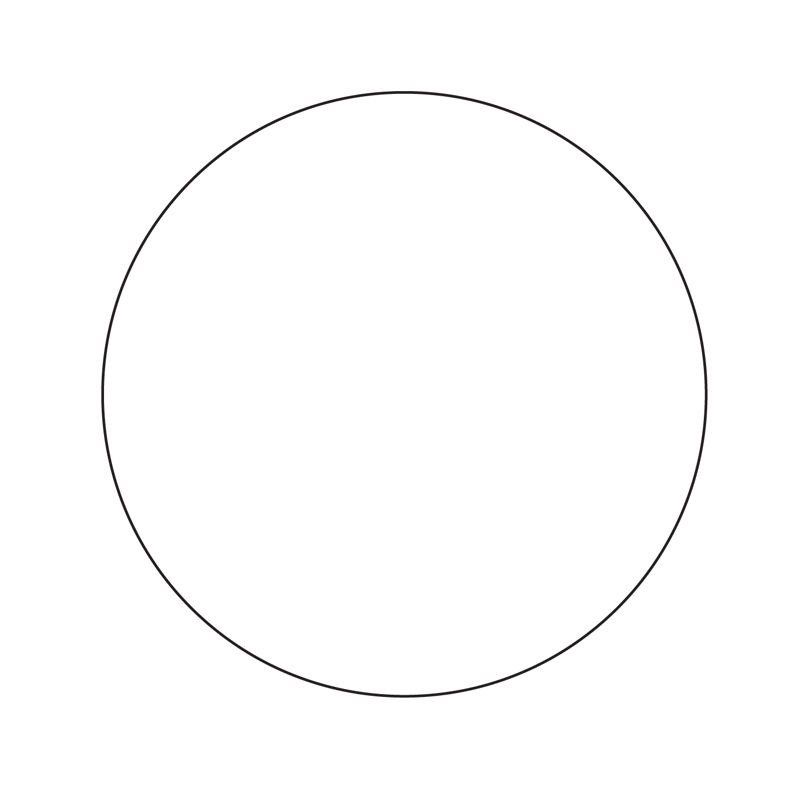
(b)
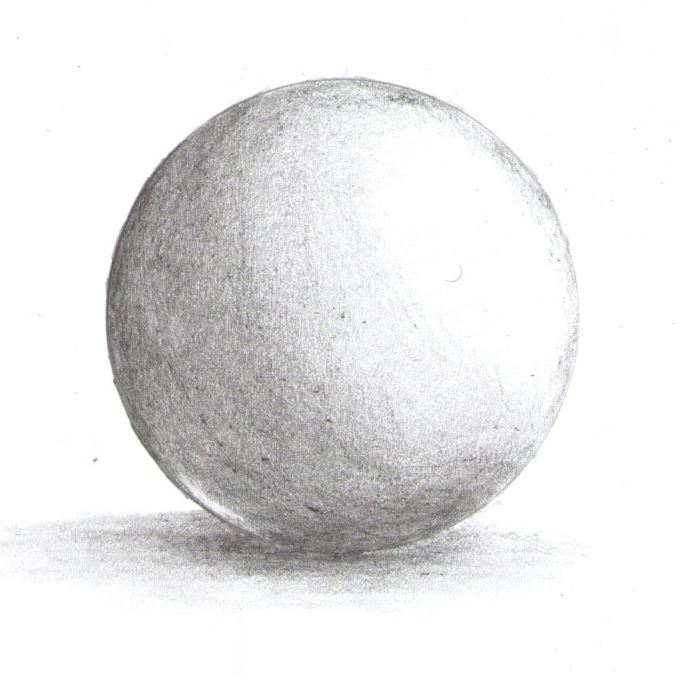
Discuss with your friend the two pictures above.
- Say which one appears to have volume.
- Tell your friend how three dimensional effect has been created in the drawing.
Activity 9
Creating tone using smudging technique
To remind yourself on what you learnt in Grade Four, do the following exercise:
- Draw a rectangular strip.
- Shade the rectangular strip from dark to light using smudge technique to create a gradation strip. Smudge technique is achieved when you rub a pencil, crayon or charcoal on a surface. An example is given.

Form
Form is the overall appearance of an object. It includes the shape, texture, value and colour.
Activity 10
Identifying forms
Look at the still life drawing.
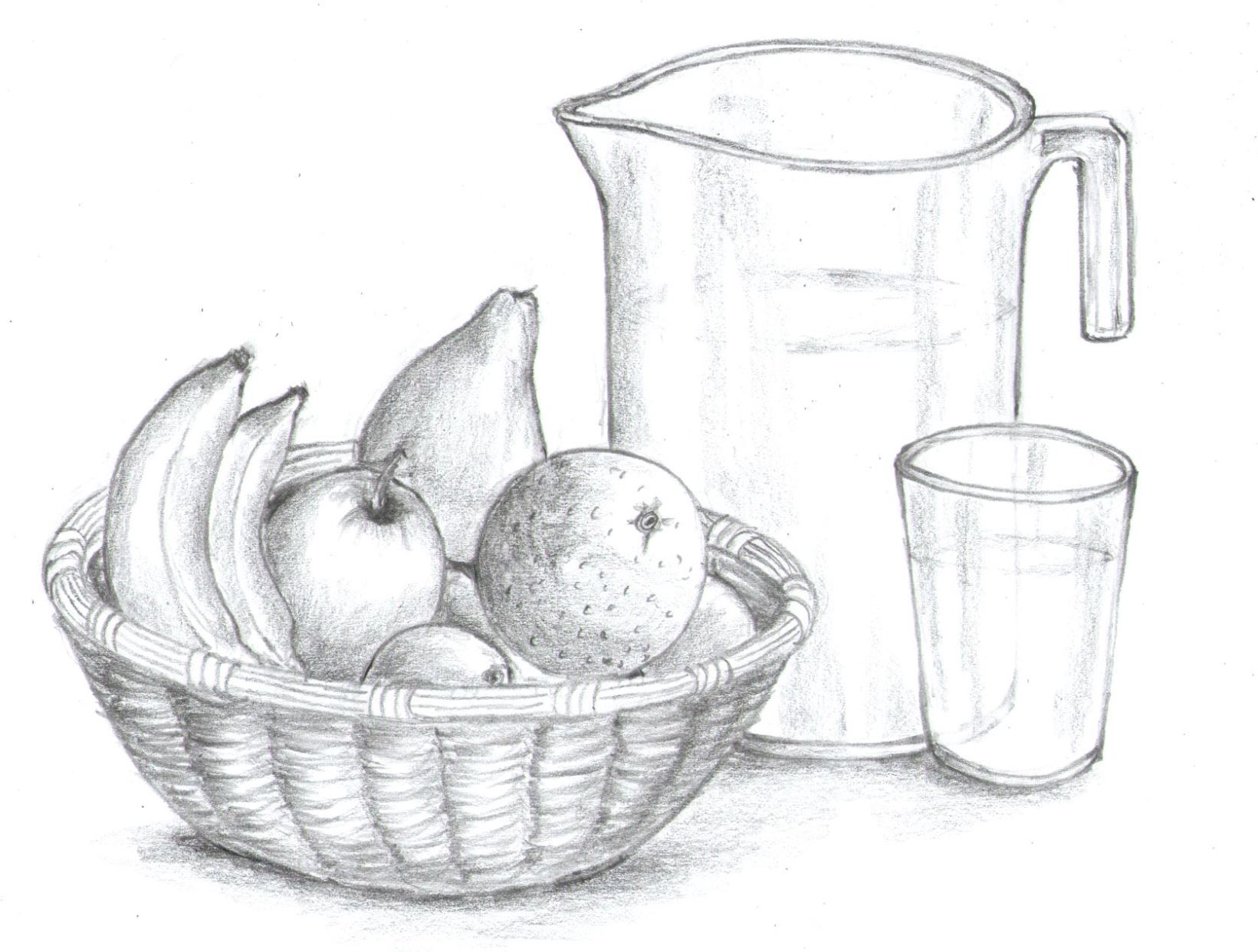
- Name the forms in the picture.
- What kinds of lines can you see in the picture?
- Name the shapes you can identify in the drawing.
- Which forms in the still life drawing appear smooth and which ones appear rough?
- What other textures can you see in the picture?
- Show your friends the light areas and the dark parts of the still-life drawing.
Principles of Art
When drawing a still life composition, it is also important to make sure that the composition has balance, correct proportions and overlapping of forms. The composition should also have rhythm and movement. These are called the principles of Art. These principles guide how elements are used in creating an artwork
Each of them is explained in the pages that follow.
Balance
Balance is achieved when objects are well distributed in a composition. The forms should not be crowded in one place leaving the other areas without anything.
Activity 11
Identifying balance
Look at the still life compositions.
(a)
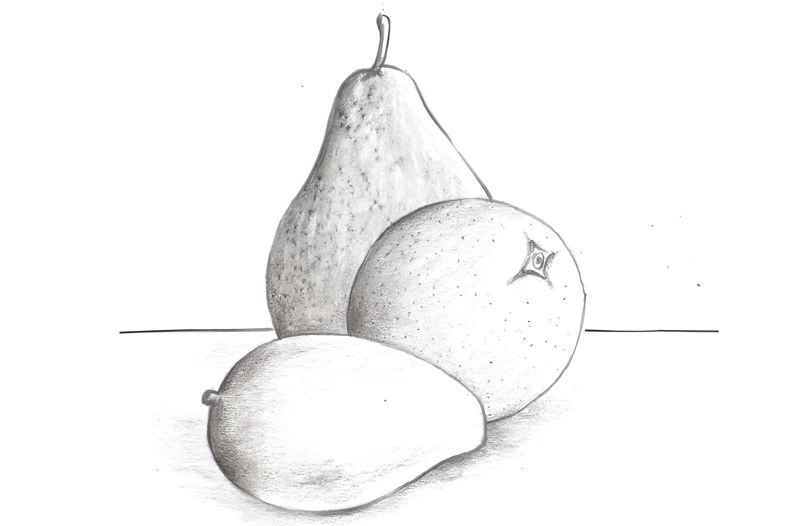
(b)
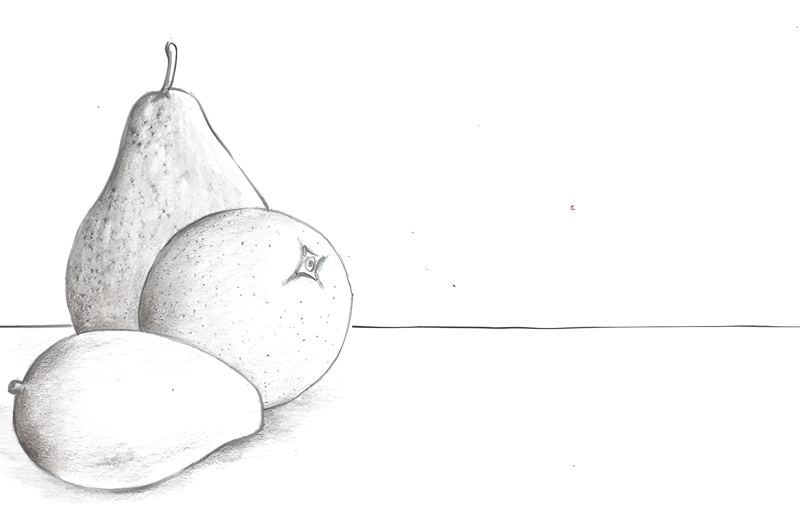
- Which of the two still life compositions shows balance of forms?
- How can balance be achieved in a still life composition?
Proportion of forms
Proportion in a still life composition is the comparison of the size of one object with the other. It can also refer to comparison of different parts within a form. You can tell the correct proportions in a picture if parts in a composition are visually pleasing. For example, a water jug is bigger than a glass and an orange is smaller compared to a pineapple. In your drawing the water jug should not look smaller than a glass and an orange bigger than a pineapple.
Activity 12
Identifying proportion of forms
Look at the still life compositions below:
(a)
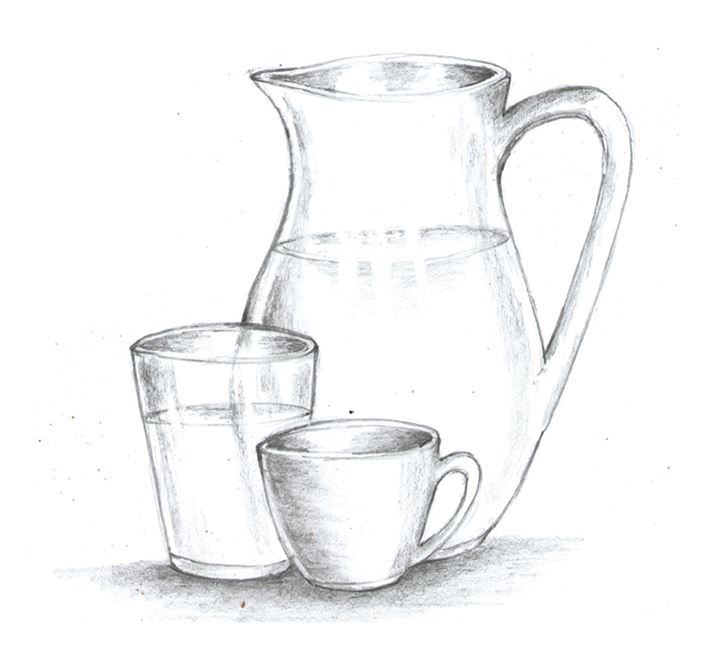
(b)
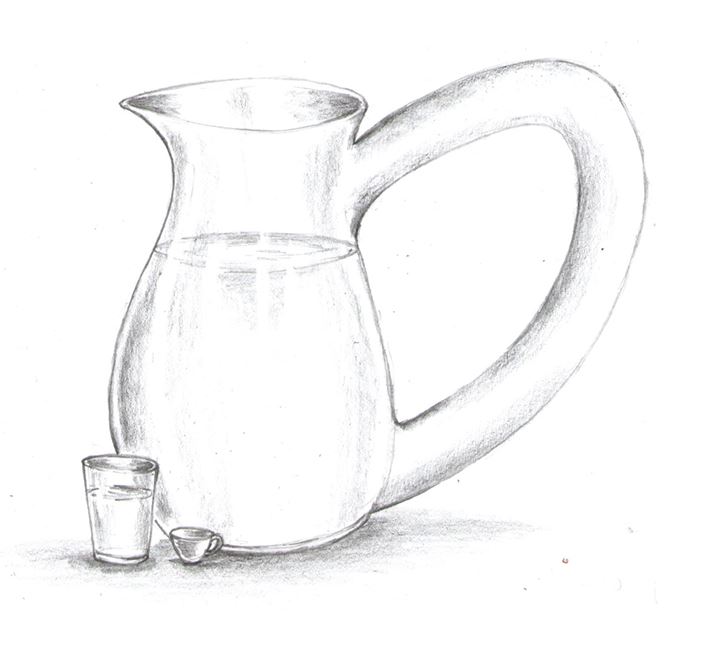
- Which of the two compositions show forms which are not proportional?
- Which parts are not proportional in the drawing?
- How can you achieve proportion of forms in the drawing?
Overlapping forms
Overlapping of forms is created by placing some objects in front of others. The objects in front cover part of the ones behind. The objects that are placed in front appear closer than the ones behind it.
Activity 13
Creating overlap
Look at the pictures below:
(a)
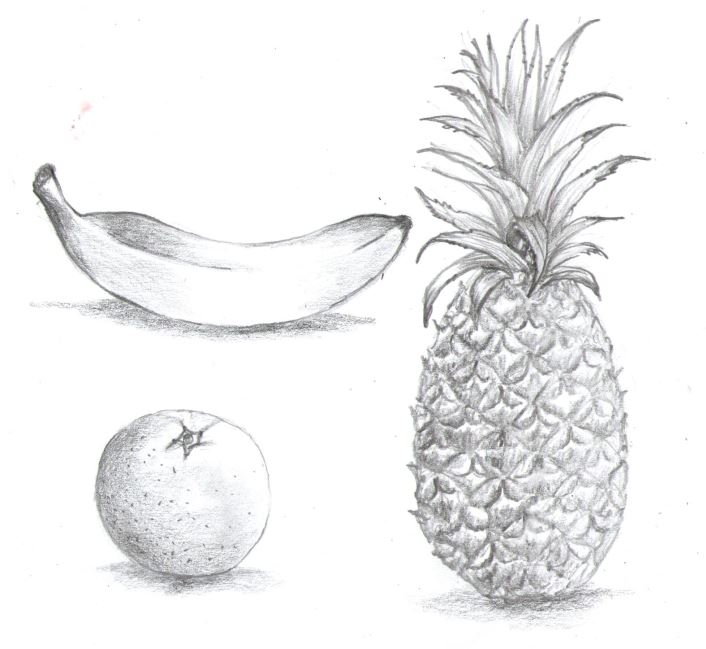
(b)
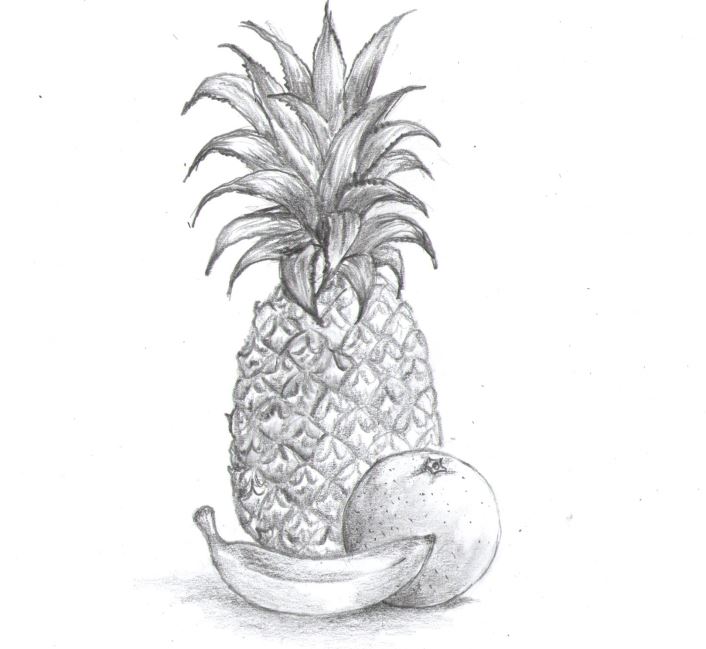
- Which picture shows overlapping of forms?
- How can you create overlapping of forms in a still life composition?
- Why is overlapping of forms important in a still life composition?
Rhythm and movement
Rhythm and movement in a drawing can be created by repetition. It is achieved by the repetition of lines, shapes, textures, value and forms.
Activity 14
Identifying how to create rhythm and movement
Look at the arrangement of the items in the picture below.
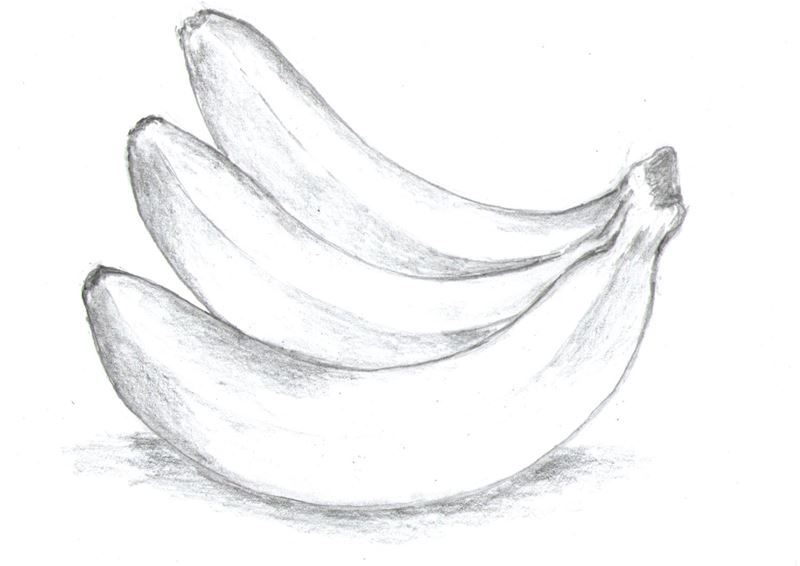
- Which elements are repeated to create rhythm and movement in the picture?
- How can you create rhythm in a still life drawing?
Paper layout
Paper layout in a still life drawing depends on how the objects are arranged. It could be horizontal or vertical.
Activity 15
Determining paper layout
Look at the arrangement of the items in the picture below:
(a)
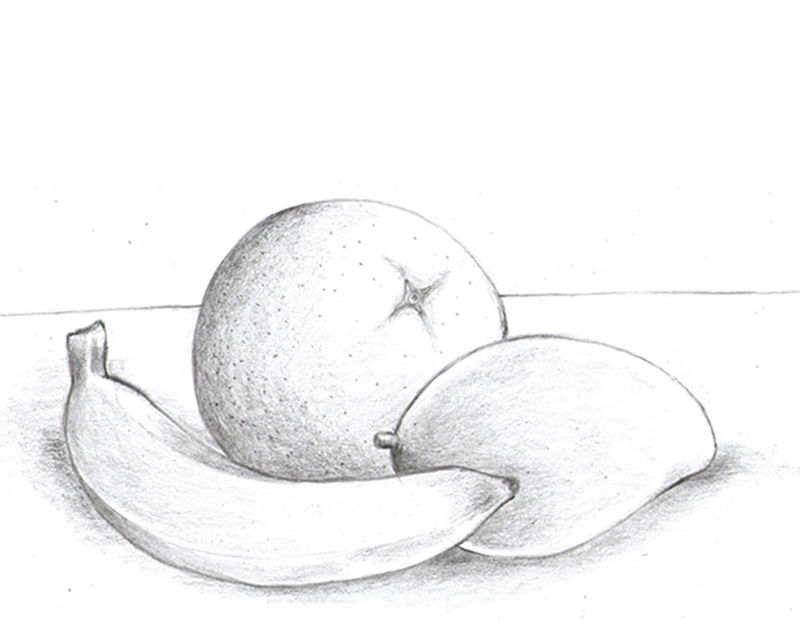
(b)
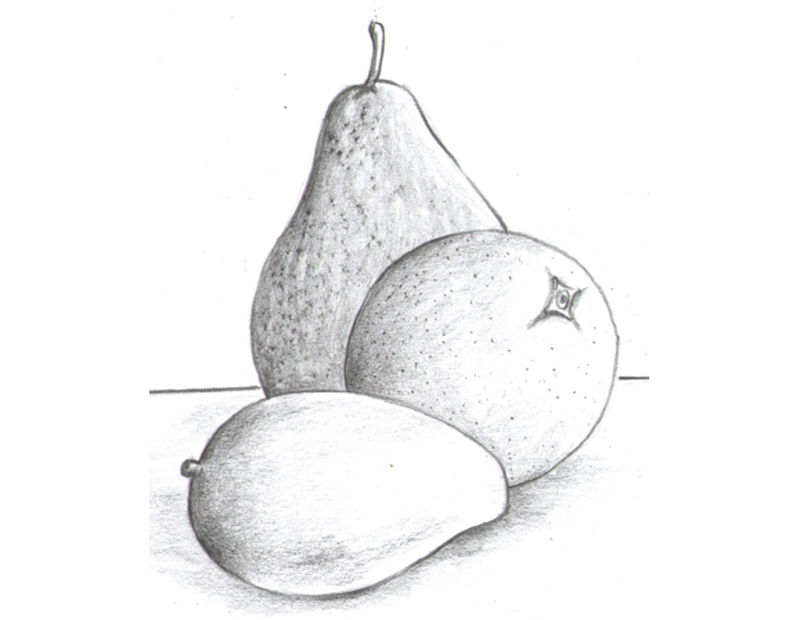
- How would you place your paper when drawing items as arranged in picture ‘a’ and ‘b’?
- What determines the layout to use when drawing a still life composition?
What you will need to draw a still life composition
- A paper or drawing book.
- Pencil.
- Eraser.
How to create a still life composition comprising of fruits using smudging technique to show effect of light and dark
Activity 16
Drawing a still life composition
Draw a still life composition comprising of three fruits. Shade the still life drawing using smudge technique. Follow the steps given. An example is given for every step.
- Think of the three fruits to draw.
- Think of how to arrange the fruits in an interesting way. Consider the paper layout, whether vertical or horizontal, depending on the arrangement of the fruits. Make sure some fruits overlap with others. Also ensure that your work has balance and correct proportion of forms. Here are some examples of different ways in which a still life arrangement of three fruits can be done.
(a)
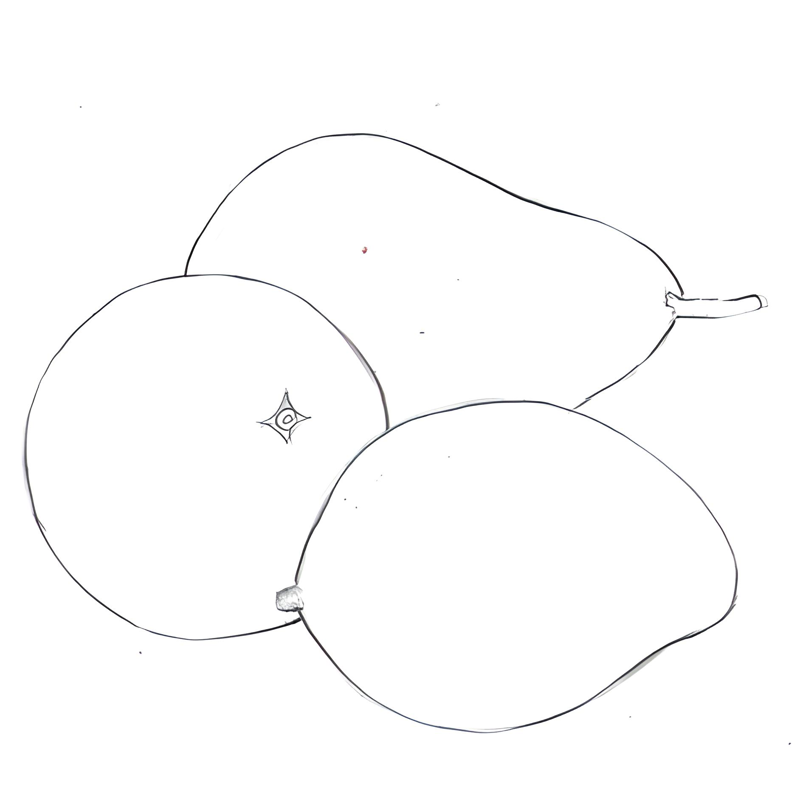
(b)
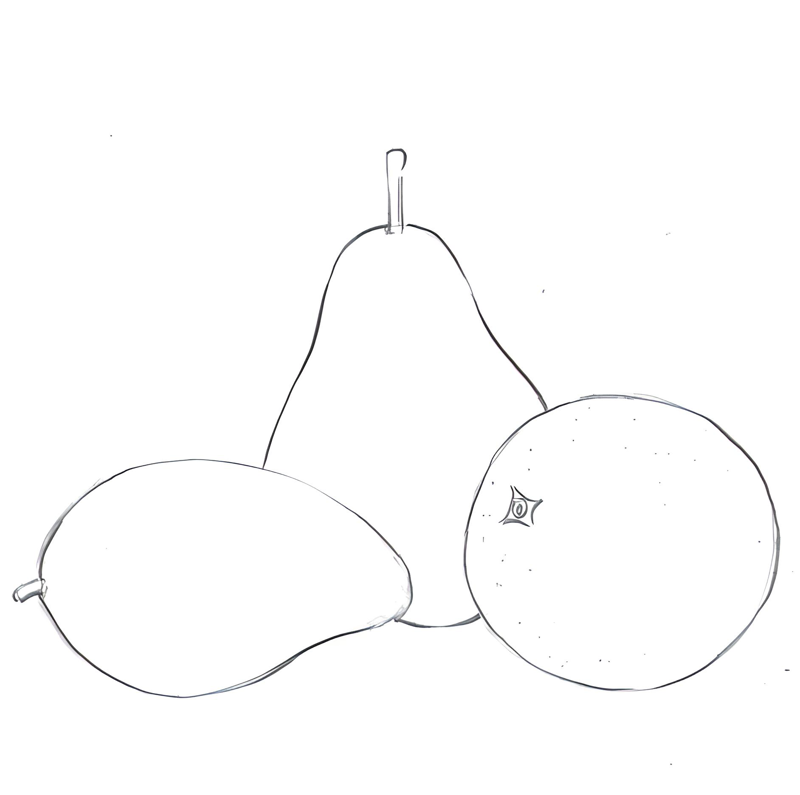
(c)
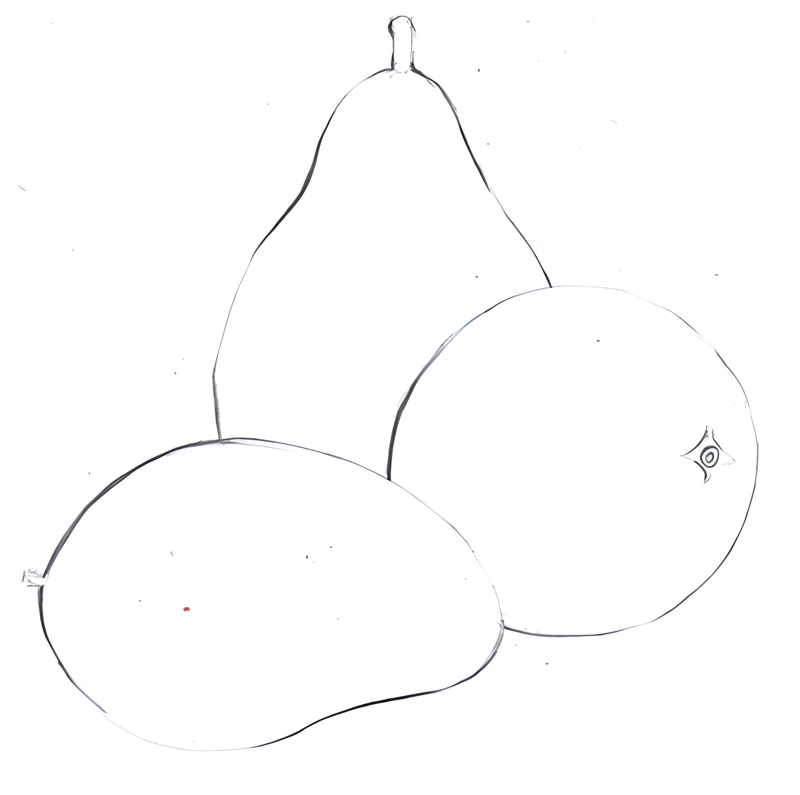
- Draw the outlines of the fruits using different types of lines you have learnt.
- Rub out unnecessary lines to be left with accurate outlines.
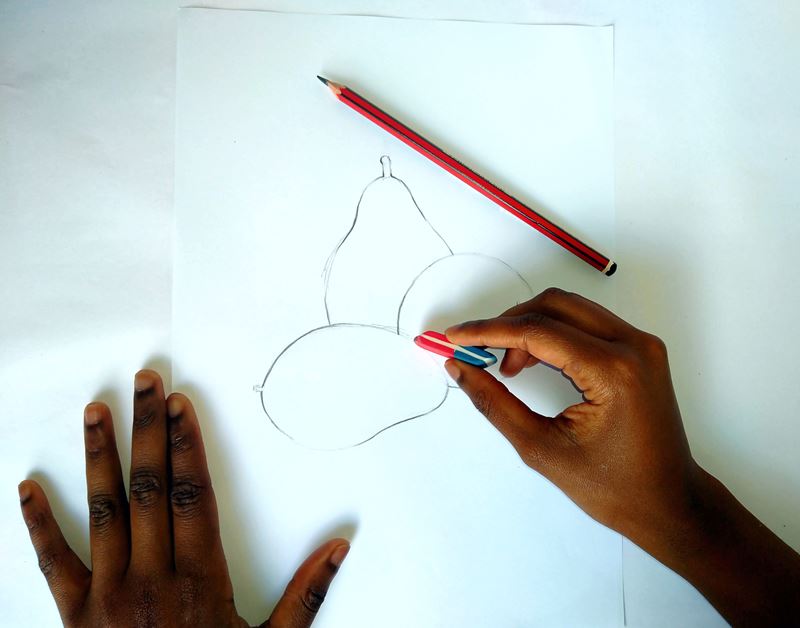
- Consider the direction of light and shade the still life drawing using the smudge technique. This will create three dimensional effect on the forms.
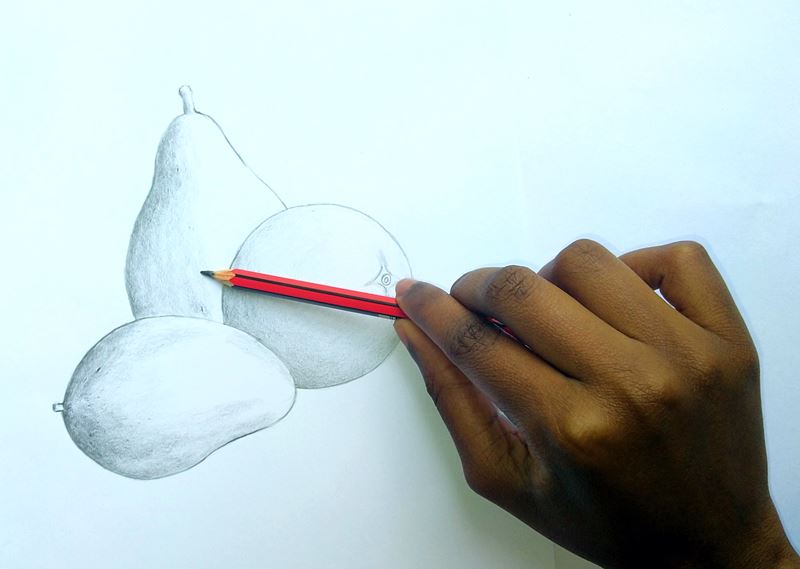
- Create different texture on the forms. You can shade using different types of lines and dots.
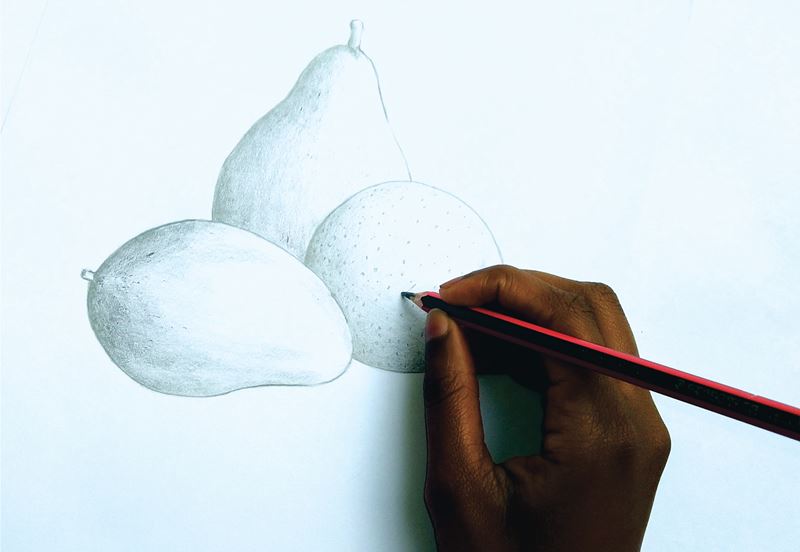
- Shade lightly under the forms to show shadows cast by the forms. This shall also create a feeling that the objects are resting on a surface. You may also shade the work a little bit more to make the dark and light areas stand out more. An example of the final work is shown below.
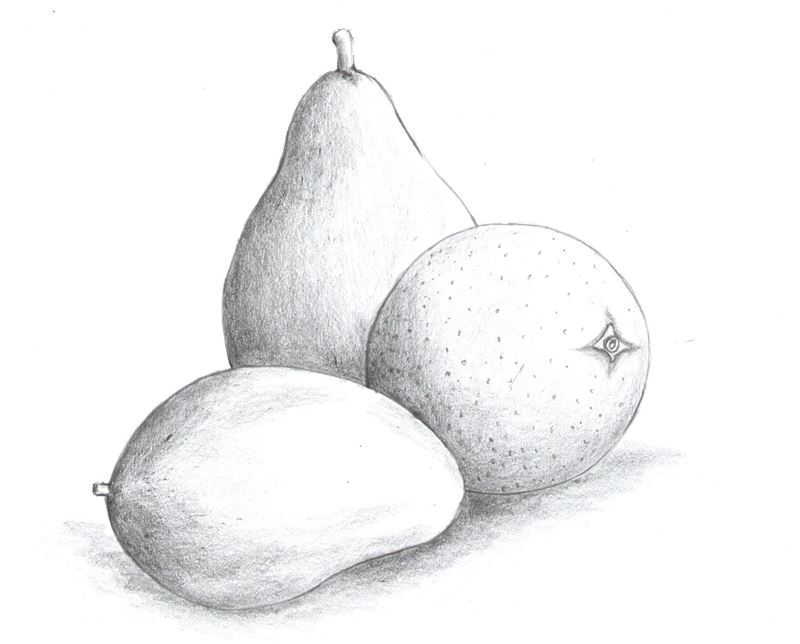
Activity 17
Display of still life composition
Display and talk about own and others’ still life compositions. Check the following;
- Is the still life arrangement pleasant to look at?
- Has overlap been created in the composition?
- Is the shading neatly done?
Extended Activities
When at home, make an arrangement of five household items and draw a still life composition. Shade the composition using smudge technique. Share your experiences with your friends.
Remember the following as you draw;
- Use the correct paper layout.
- Balance the forms appropriately.
- Draw forms in the correct proportions.
- Create overlap in the composition.
- Create three dimensional effect by shading the forms in the composition.
Self and peer assessment
Find out if the following have been achieved;
- Are the shapes of fruits well drawn?
- Are the proportions of the forms correct?
- Is there balance in the still life composition?
- Is there overlapping of forms?
- Is the paper layout appropriate?
- Have you achieved different texture for the various items drawn?
- Is the shading neatly done and showing light and dark areas?
